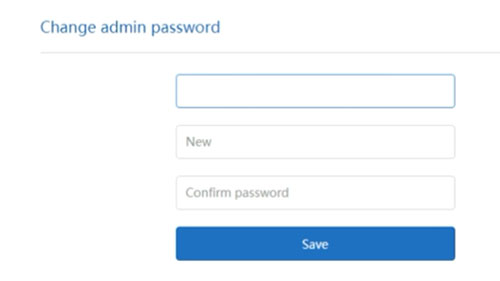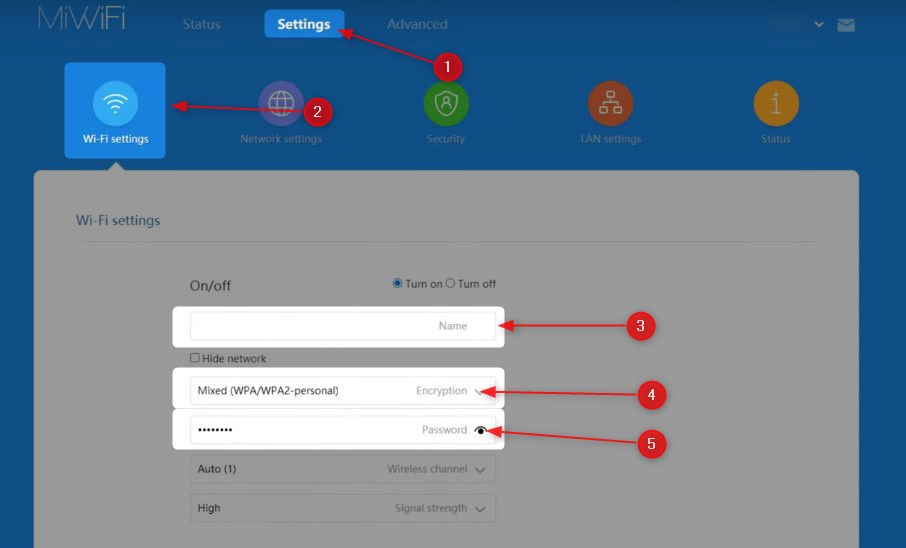Knowing how to login to your Mi router opens a variety of options when it comes to tweaking and managing your home wireless network. Setting up a guest network or customizing the current WiFi network name and password, cloning your MAC address, Parental controls, Firewall, Port forwarding – all of these options and many more are easily available if you know the Mi router login steps.
CONTENTS
Brief Outline
This article will explain how to access the Mi router settings using the default login credentials (IP, username and password).
When you access the router settings it is recommended to make a few changes in order to secure your wireless network. These include changing the default router admin password and changing the default SSID and WiFi password. Although these might seem unnecessary to some people, leaving the default settings is definitely a security risk that has to be fixed as soon as possible.
What You Need:
- Mi Wireless Router
- PC, smartphone or tablet
- network access via WiFi or the network cable
- default or custom login details (IP, username and password)
Why Should You Access The Router Settings?
As we have already said at the beginning of the article, the router admin dashboard allows the user to take full control over the network and customize it according to its needs.
Most users don’t bother too much with the router settings. They simply use the default settings and they are happy with it. But someone can take advantage of that and access your personal files shared in the network or simply access the router settings without you knowing about it and changing whatever he or she wants which can make the whole network unusable.
This is the reason why you need to learn the Mi router login steps and then take some action to secure your wireless network. These are just some basic changes that will keep away almost all “wannabe hackers”.
So, let’s start!
Mi Router Login: A Simple Guide
After we get and do what is required in the “What you need section” we can continue with the Mi router login steps. We don’t expect anything to go wrong if we have the correct login details. So, let’s take one step at a time.
STEP 1: Connect Your Device
One of the first things to do, that is practically essential for a successful Mi router login, is to connect your device to the network. The problem is that the router settings can be accessed only by devices that are part of the network and because of that you need to connect your device to it. You can do it wirelessly or with an Ethernet cable depending on your device’s abilities.
STEP 2: Open A Web Browser
The router’s admin dashboard (Web-based GUI) is accessed with a web browser. Just launch the one you already have on your device. Sometimes the Safari browser can cause trouble, so install Chrome or Firefox if you notice some issues.
STEP 3: Enter The Mi Router IP Address In The URL Bar
Mi routers generally use the following IP address as a default one: 192.168.31.1
You need to type this IP in the browser’s URL bar and press Enter on the keyboard (or tap on GO on the smartphone/tablet screen). A new window will open requesting you to enter a username and a password.

If it doesn’t open, check whether you are connected to the network and whether 192.168.31.1 is the router’s default gateway. Here is a detailed guide on how to do it.
STEP 4: Enter The Mi Admin Login Details
The default admin login details for your Mi router are:
Username: if requested leave this field blank
Password: admin or the same as the Wi-Fi password assigned during initial setup
When you enter these click on the arrow icon next to the password field or hit the Enter key on the keyboard.
STEP 5: Explore Your Router Admin Dashboard
Now you should see the Status page which provides info about your network: some basic router information, bandwidth usage, real time network status and so on.
In order to make some changes to the router, you can now click on Settings or Advanced in the top menu.
Recommended Security Changes
The settings you need to change to secure your network at a basic level are changing the default admin username and password, and the WiFi network login details (network name and wireless password).
Change The Mi Router Admin Password
Login to your Mi router if you haven’t already done that.
Click on Settings at the top and then select the Security icon.

Scroll down to the Change admin password section.
Enter the old password in the Original password field.
Then type in the new admin password and confirm it by typing it again.

Slick the Save button to save the changes and you should see a popup message saying Settings saved. Click OK.
You can sign out now and then login back in with the new admin password.
Recommended reading: MikroTik Default Router Login And Password: Manage Your WiFi Network
Change The Mi Default Network Name And WiFi Password

When you login to your Mi router settings page, click on Settings at the top.
The first page Wi-Fi Settings will open automatically.
There you can change the default network name by typing in your own network name in the Name field.
Then make sure that Mixed (WPA/WPA2-personal) is selected in the Encryption field.
And finally, in the Password field enter your new wireless network password.
When you save these changes, you will need to reconnect the devices previously connected to the network. Just connect them to the new network name with the new WiFi password.
Final Words
managing and securing your Mi router is pretty easy when you know how to access the router admin dashboard. If you change the default admin password and the WiFi name and password, we strongly recommend keeping them safe somewhere. You might need to login to your Mi router soon and they will be more than useful. However, if you forget them you can always reset your Mi router to factory settings and login again with the default IP and password.

Hey, I’m David. I’ve been working as a wireless network engineer and a network administrator for 15 years. During my studies, I also worked as an ISP field technician – that’s when I met Jeremy.
I hold a bachelor’s degree in network engineering and a master’s degree in computer science and engineering. I’m also a Cisco-certified service provider.
In my professional career, I worked for router/modem manufacturers and internet providers. I like to think that I’m good at explaining network-related issues in simple terms. That’s exactly what I’m doing on this website – I’m making simple and easy-to-follow guides on how to install, set up, and troubleshoot your networking hardware. I also review new network equipment – modems, gateways, switches, routers, extenders, mesh systems, cables, etc.
My goal is to help regular users with their everyday network issues, educate them, and make them less scared of their equipment. In my articles, you can find tips on what to look for when buying new networking hardware, and how to adjust your network settings to get the most out of your wi-fi.
Since my work is closely related to computers, servers, and other network equipment, I like to spend most of my spare time outdoors. When I want to blow off some steam, I like to ride my bike. I also love hiking and swimming. When I need to calm down and clear my mind, my go-to activity is fishing.
